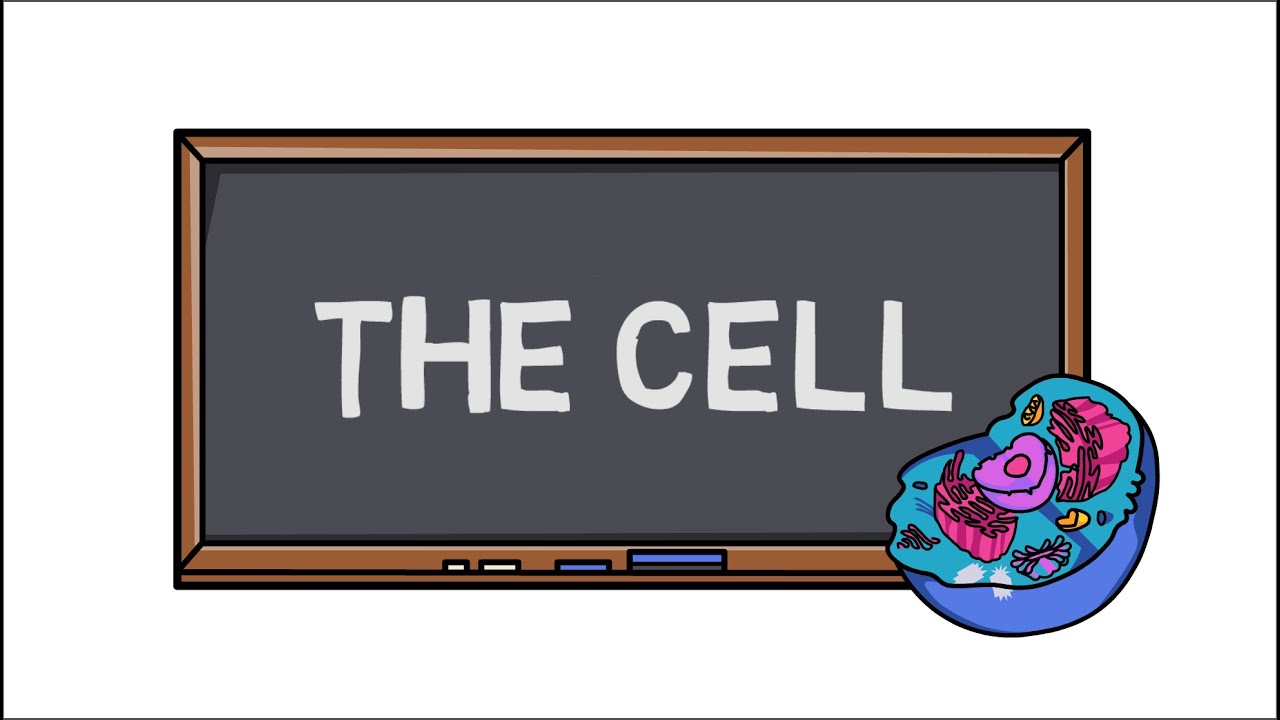History and development of cell theory | Cells | MCAT | Khan Academy
Summary
TLDRThe video delves into the fascinating development of cell theory over 200 years, starting with Anton van Leeuwenhoek’s discovery of bacteria in the 1600s. It explores the work of scientists like Robert Hooke, Matthias Schleiden, and Theodor Schwann, who contributed to the understanding that all living organisms are made of cells. The theory evolved with the introduction of Rudolf Virchow's idea that cells come from preexisting cells, later solidified by Louis Pasteur's experiments that debunked spontaneous generation. The three core tenets of cell theory—cells as the basic unit of life, all living things are made of cells, and cells come from preexisting cells—form the foundation of modern biology.
Takeaways
- 😀 Anton van Leeuwenhoek, the father of modern microbiology, discovered bacteria in the 1600s using his own microscope.
- 😀 Robert Hooke coined the term 'cells' after observing the structure of cork under a microscope in the 1600s.
- 😀 The first tenet of cell theory states that the cell is the basic unit of structure in life.
- 😀 Matthias Schleiden and Theodor Schwann's work in the 1830s led to the realization that all living organisms, including plants and animals, are made of cells.
- 😀 The second tenet of cell theory states that all living organisms are composed of cells.
- 😀 The theory of abiogenesis, which suggested life could arise spontaneously from non-living matter, was widely accepted until the 1800s.
- 😀 Rudolf Virchow refuted abiogenesis by stating 'Omnis cellula e cellula,' meaning all cells come from preexisting cells, based on his observation of binary fission in bacteria.
- 😀 Louis Pasteur's Swan-Neck Bottle experiment in the 1860s disproved the theory of abiogenesis and confirmed that all cells come from preexisting cells.
- 😀 The third tenet of cell theory, established by Pasteur's experiment, states that all cells come from preexisting cells.
- 😀 Over 200 years of research led to the development of the three major tenets of cell theory, which are foundational to modern biology.
Q & A
Who is considered the father of modern microbiology and why?
-Anton van Leeuwenhoek is considered the father of modern microbiology because he was the first to use a microscope to observe bacteria, which he initially called 'animacules'.
What discovery did Robert Hooke make under the microscope?
-Robert Hooke discovered the basic unit of structure in plants when he observed the remnants of plant cells in cork. He coined the term 'cell' because the spaces resembled the rooms where monks lived in a monastery.
What was the first tenet of cell theory?
-The first tenet of cell theory is that the cell is the basic unit of structure in all living organisms.
How did Matthias Schleiden and Theodor Schwann contribute to the development of cell theory?
-Matthias Schleiden and Theodor Schwann contributed to cell theory by observing that both plants and animals were composed of cells, leading to the conclusion that all living organisms are made of cells.
What is the significance of Schwann's publication in 1839?
-Schwann's publication in 1839 was significant because it formally established the idea that all living things are composed of cells, solidifying a key component of cell theory.
What was the theory of Abiogenesis, and how was it related to cell theory?
-Abiogenesis was the theory that life could arise spontaneously from non-living matter. This theory was challenged by the observation that all living organisms, including bacteria, arise from pre-existing cells, not from spontaneous generation.
What did Rudolph Virchow contribute to cell theory?
-Rudolph Virchow contributed to cell theory by stating 'Omnis cellula e cellula', meaning that all cells originate from pre-existing cells, thus refuting the idea of Abiogenesis.
How did Louis Pasteur's experiment help disprove the theory of Abiogenesis?
-Louis Pasteur's Swan-Neck Bottle experiment helped disprove Abiogenesis by demonstrating that microorganisms in the air caused bacterial growth, not spontaneous generation from non-living matter.
What were the three major tenets of cell theory established over the 200 years?
-The three major tenets of cell theory are: 1) The cell is the basic unit of structure in life, 2) All living organisms are composed of cells, and 3) All cells come from pre-existing cells.
What is binary fission, and how is it related to the reproduction of bacteria?
-Binary fission is the process by which bacteria reproduce by dividing into two identical cells. This mechanism was observed by Virchow and supports the idea that cells arise from pre-existing cells.
Outlines

This section is available to paid users only. Please upgrade to access this part.
Upgrade NowMindmap

This section is available to paid users only. Please upgrade to access this part.
Upgrade NowKeywords

This section is available to paid users only. Please upgrade to access this part.
Upgrade NowHighlights

This section is available to paid users only. Please upgrade to access this part.
Upgrade NowTranscripts

This section is available to paid users only. Please upgrade to access this part.
Upgrade Now5.0 / 5 (0 votes)





